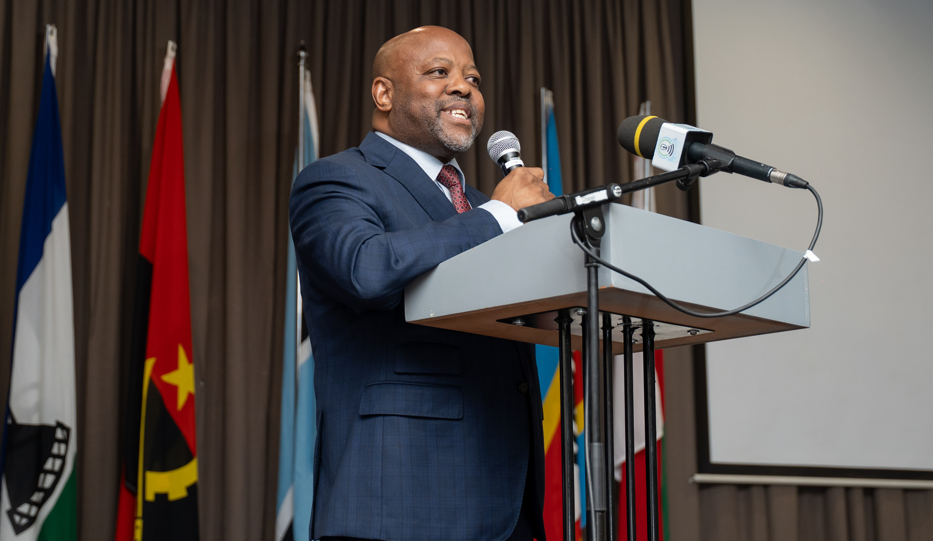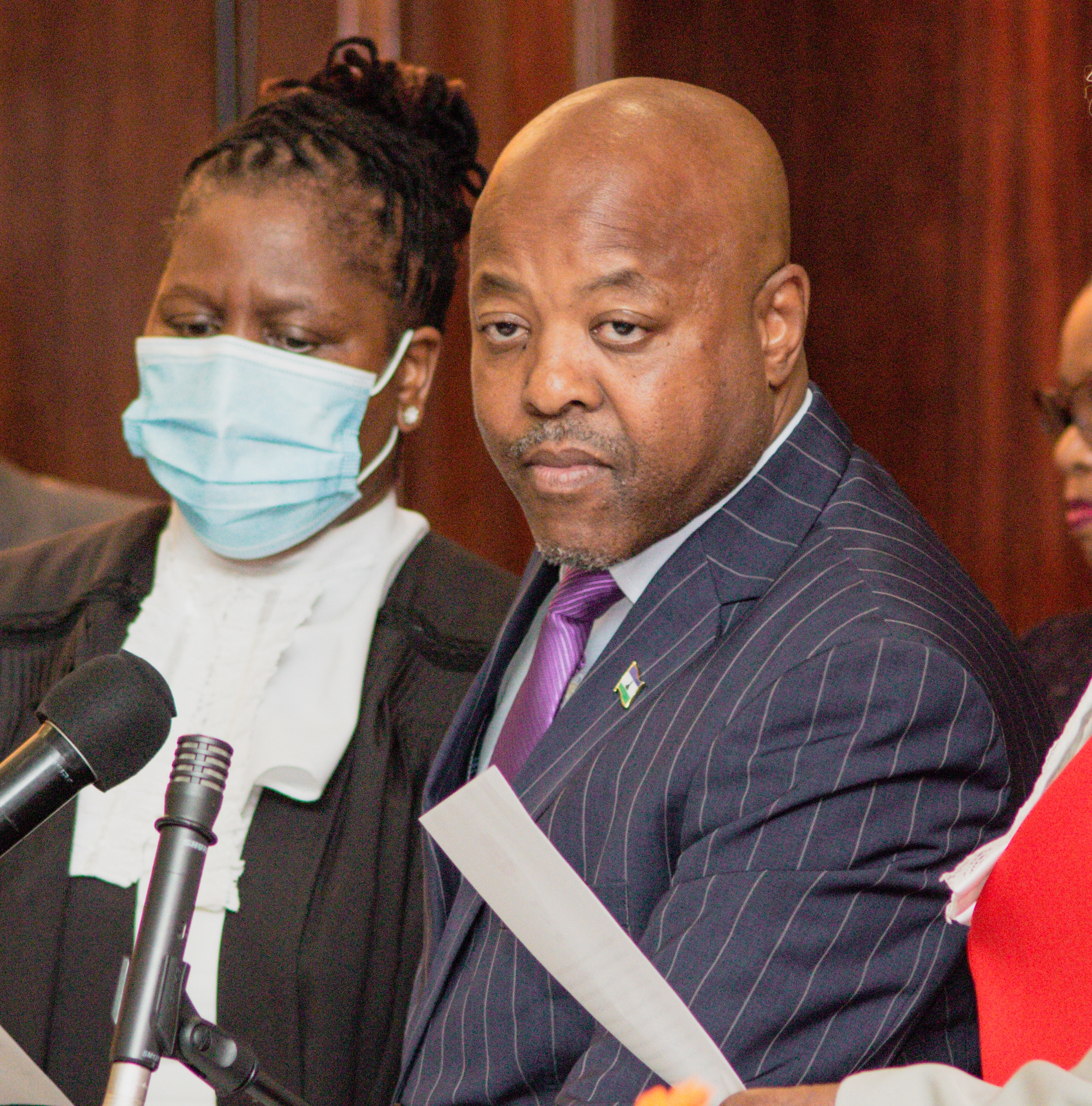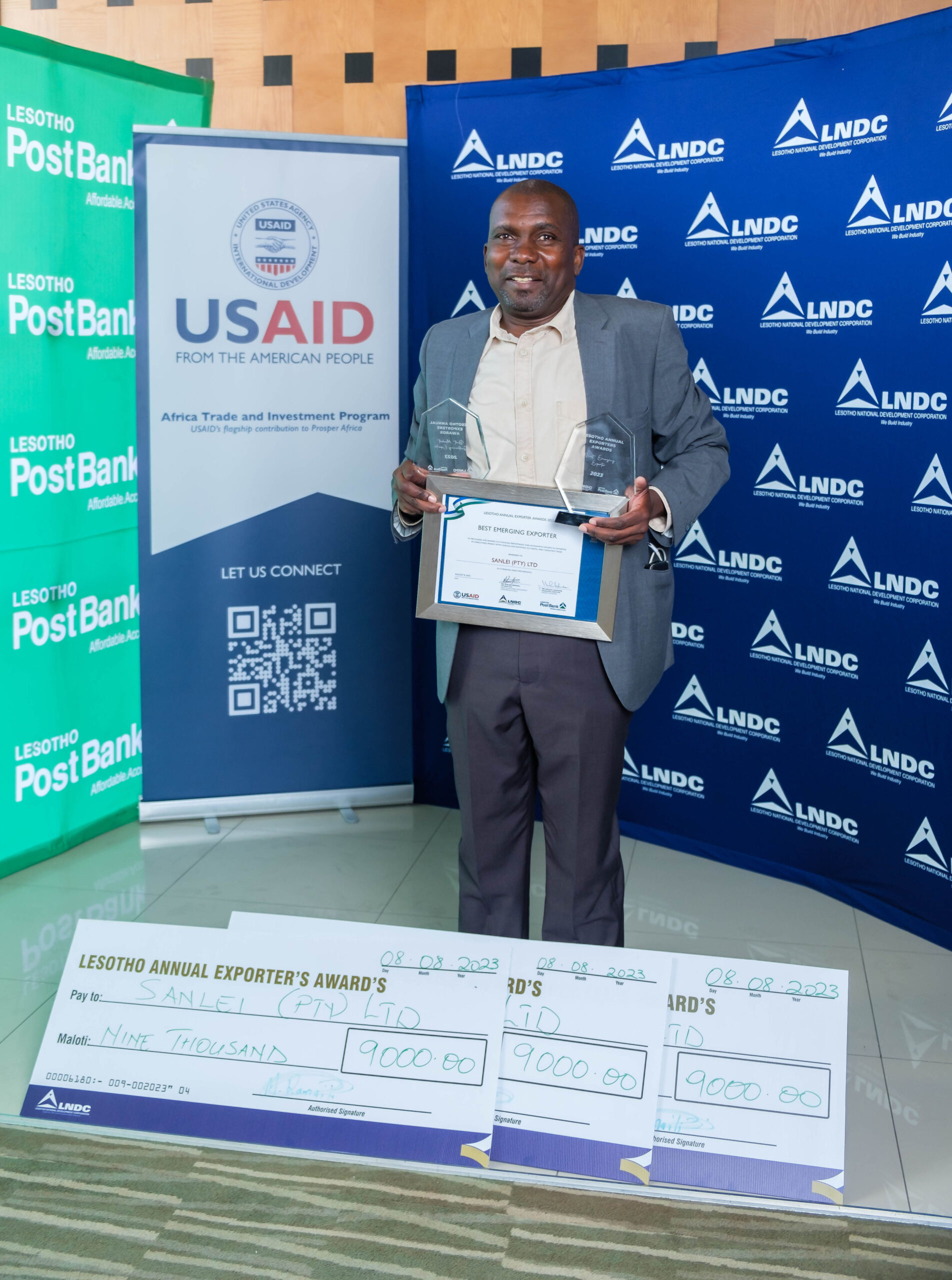LAWRENCE SERETSE
MASERU, LESOTHO – Discussions are underway at the 11th SADC Multi-Stakeholder Water Dialogue in Maseru, Lesotho, a two-day event running from September 29–30, where regional leaders are examining the critical nexus between water security and economic growth.
Setting the tone for the sessions, Mohlomi Moleko, Lesotho’s Minister of Natural Resources, delivered a powerful keynote address outlining the country’s ambitious strategy to harness its water resources for both national prosperity and regional integration.
Often described as the “water tower of the region,” Lesotho is positioning itself to become a net exporter of both water and clean energy within the next two years, Moleko announced.
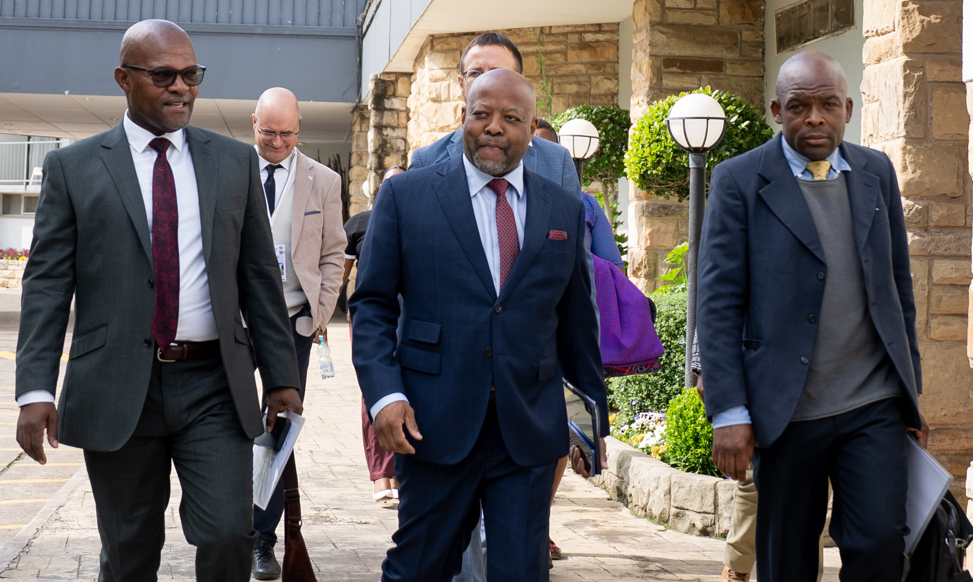
“Lesotho’s number one asset is water, and we are trying to really use it well to promote regional integration,” Minister Moleko stated.
He highlighted two flagship transboundary projects central to this vision. The first is the ongoing Lesotho Highlands Water Project (LHWP), which supplies the Gauteng region of South Africa, Africa’s largest economic hub, with critical water resources.
The second is the planned Lesotho-Botswana Water Transfer scheme, a 700-kilometer conveyance system of canals and pipes designed to provide water to Botswana and parts of South Africa. This project, estimated to cost around US$3 billion, recently saw a site visit from the President of Botswana, Duma Gideon Boko, underscoring its regional importance.
Beyond water supply, Minister Moleko detailed significant investments in renewable energy. An 80-megawatt hydropower station at Oxbow is nearing the end of its design phase, with future plans for a 1,200-megawatt pump storage scheme and 400 megawatts of floating solar on the same dam. He confirmed that discussions are underway with South Africa to secure offtake agreements for the power, ensuring its integration into the Southern African Power Pool (SAPP). “Our hope is that within the next two years, we are going to be a net exporter of power to the region,” he affirmed.
The Minister’s address resonated with the core purpose of the dialogue, which was articulated in remarks delivered on behalf of Mr. Andrew Takawira, the Interim Executive Secretary of Global Water Partnership Southern Africa (GWPSA). Takawira’s message framed the central question of the event: “how can water security enable the transformation of Southern Africa’s economic development corridors?”.
Takawira emphasized that economic corridors are “more than transport routes. They are the arteries of our regional integration”. He stressed that for these corridors to deliver their full potential, they must become “lifelines of resilience, food security, and climate-smart growth”. This requires a fundamental shift in perspective. “Water is not a backdrop to development. It is the enabler,” his statement declared, calling for water security to be systematically integrated into all corridor-led investments.
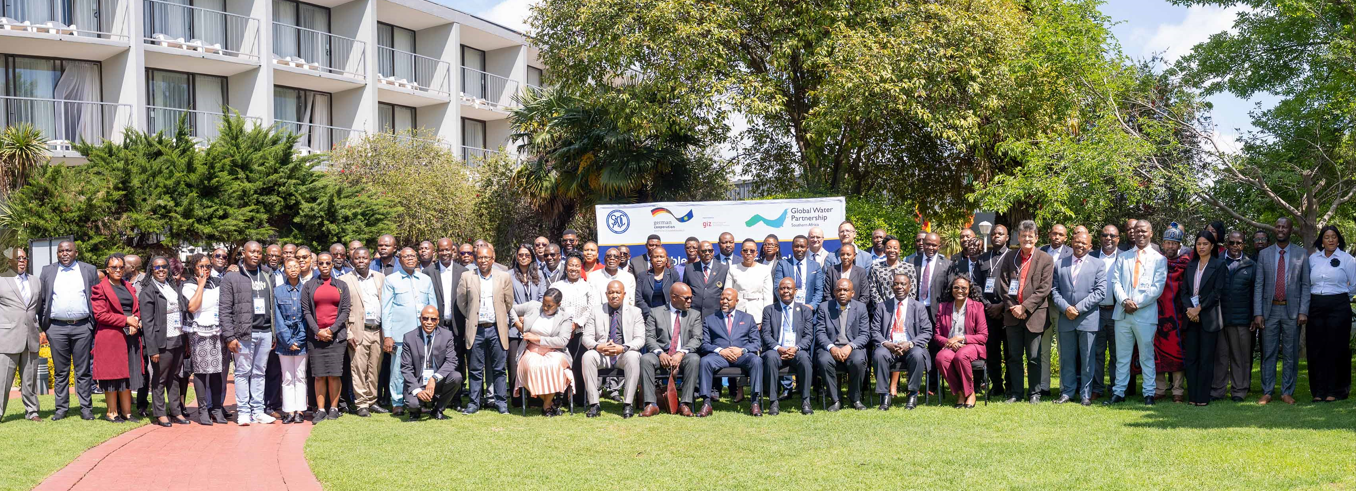
The dialogue continues today, with delegates from SADC Member States, river basin organisations, and the private sector participating in parallel sessions and interactive roundtables. The event aims to produce a shared vision and an institutional roadmap for aligning the water sector with the regional economic corridor agenda, ultimately ensuring water serves as a catalyst for shared prosperity.
Minister Moleko concluded his address by reminding participants that frameworks like SADC Vision 2050 and the AU’s Agenda 2063 require that “regional integration, industrialization and sustainable development must be mutually reinforcing”.
Summary
- The second is the planned Lesotho-Botswana Water Transfer scheme, a 700-kilometer conveyance system of canals and pipes designed to provide water to Botswana and parts of South Africa.
- An 80-megawatt hydropower station at Oxbow is nearing the end of its design phase, with future plans for a 1,200-megawatt pump storage scheme and 400 megawatts of floating solar on the same dam.
- The event aims to produce a shared vision and an institutional roadmap for aligning the water sector with the regional economic corridor agenda, ultimately ensuring water serves as a catalyst for shared prosperity.

Your Trusted Source for News and Insights in Lesotho!
At Newsday Media, we are passionate about delivering accurate, timely, and engaging news and multimedia content to our diverse audience. Founded with the vision of revolutionizing the media landscape in Lesotho, we have grown into a leading hybrid media company that blends traditional journalism with innovative digital platforms.


